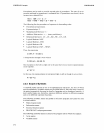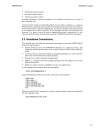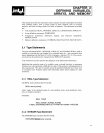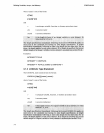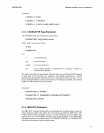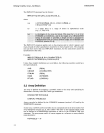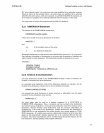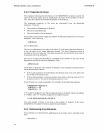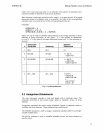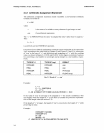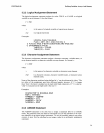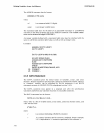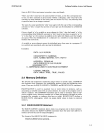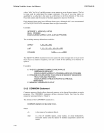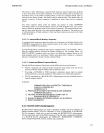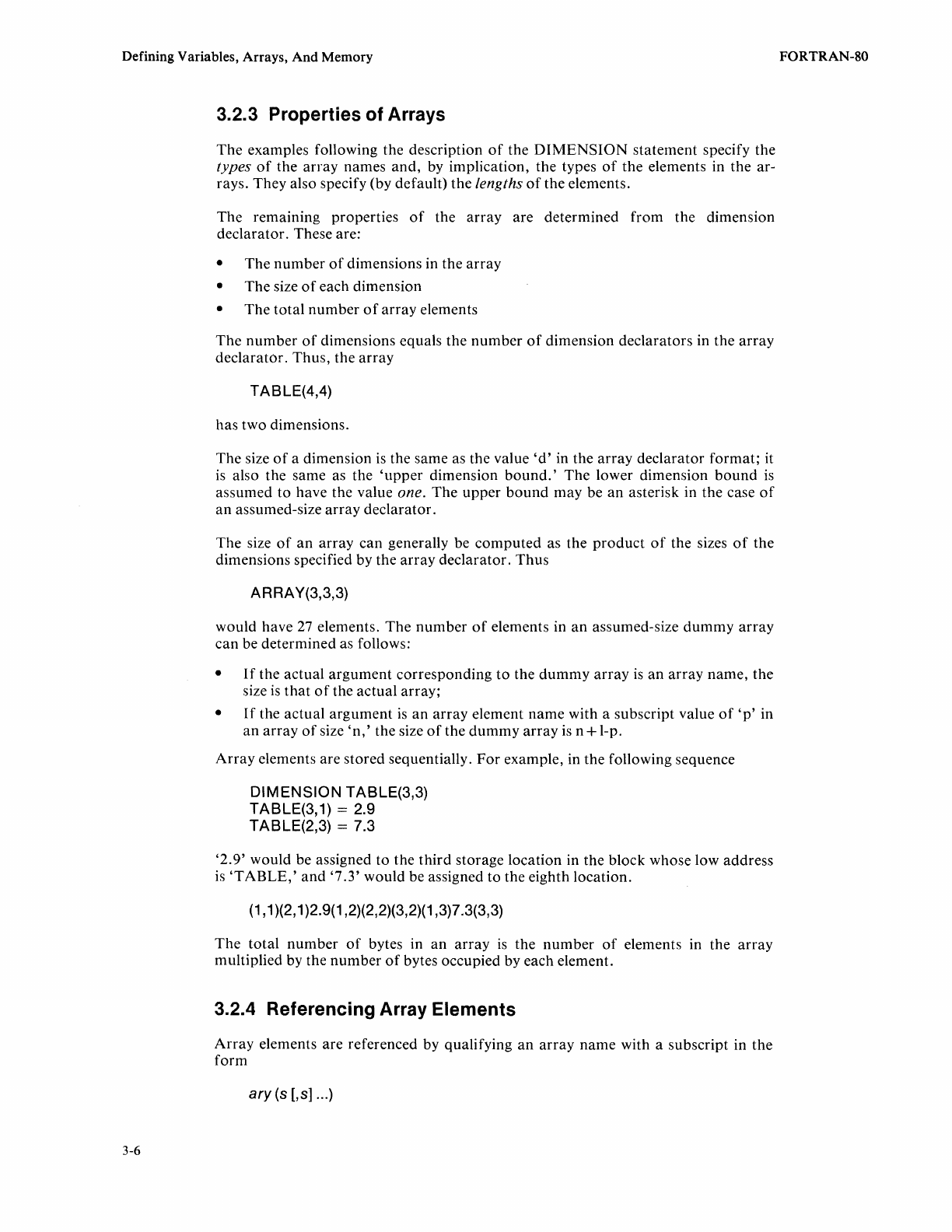
Defining Variables, Arrays,
And
Memory
3-6
3.2.3 Properties of Arrays
The
examples following the description
of
the
DIMENSION
statement specify the
types
of
the array names
and,
by implication, the types
of
the elements in the ar-
rays. They also specify (by default) the
lengths
of
the elements.
The remaining properties
of
the array are determined from the dimension
declarator. These are:
•
The
number
of
dimensions in the array
• The size
of
each dimension
• The total number
of
array elements
The
number
of
dimensions equals the
number
of
dimension declarators in the array
declarator. Thus, the array
TABLE(4,4)
has two dimensions.
The size
of
a dimension
is
the same as the value
'd'
in the array declarator format; it
is
also the same as the
'upper
dimension
bound.'
The lower dimension
bound
is
assumed
to
have the value one.
The
upper
bound
may be
an
asterisk in the case
of
an
assumed-size array declarator.
The size
of
an
array can generally be
computed
as the
product
of
the sizes
of
the
dimensions specified by the array declarator. Thus
ARRA
Y(3,3,3)
would have
27
elements. The number
of
elements in
an
assumed-size
dummy
array
can be determined as follows:
•
If
the actual
argument
corresponding
to
the
dummy
array
is
an array name, the
size
is
that
of
the actual array;
•
If
the actual argument
is
an
array element name with a subscript value
of
'p'
in
an
array
of
size
'n,'
the size
of
the
dummy
array
is
n + l-p.
Array
elements are stored sequentially.
For
example, in the following sequence
DIMENSION
TABLE(3,3)
TABLE(3,1)
= 2.9
TABLE(2,3)
= 7.3
'2.9'
would be assigned to the
third
storage location in the block whose low address
is
'TABLE,'
and
'7.3'
would be assigned to the eighth location.
(1,1
)(2,1
)2.9(1,2)(2,2)(3,2)(1,3)7.3(3,3)
The
total number
of
bytes in an array
is
the
number
of
elements in the array
multiplied by the
number
of
bytes occupied by each element.
3.2.4 Referencing Array Elements
Array
elements are referenced by qualifying
an
array name with a subscript in the
form
ary
(s [,s]
...
)
FORTRAN-SO



